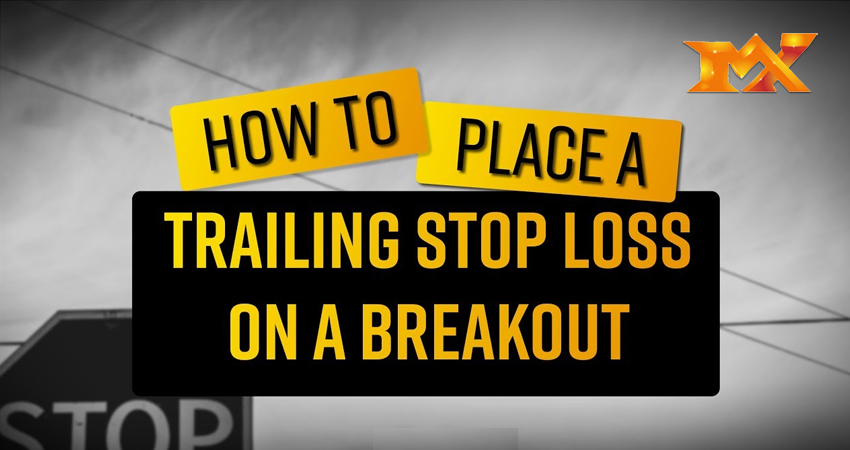How Trailing Stop Loss Can Help Successful Trades

![]()
What Is a Forex Trailing Stop Loss in Forex Trading?
An order called a “trailing stop loss” designed to assist you lock in earnings while guarding against day trading losses. It caps the amount that lost in the event. That the trade is unsuccessful but does not cap the possible gain in the event that the trade is successful. When the security price hits the stop price, this type of order becomes a market order.
Your trade performed at a price slightly above or below the stop price. Since done at the best market price at the time. With most brokers and trading platforms, trailing stops can be configure to operate automatically, or they can be actively watch and adjust by the trader.
The Function of a Trailing Stop Loss in Forex
Similar to a standard stop-loss order, a trailing stop-loss order is originally place. For instance, a trailing stop would be a sell order place at a price lower than the trade entry point for a long trade (selling an asset you own). The primary distinction between a trailing stop loss and a standard one is that the latter moves whenever the price shifts in your favor.
For instance, the trailing stop would increase by five cents for every five cent increase in price. The stop loss would increase by 10 cents if the price were to do so. However, the stop loss would remain in place if the price were to begin to decline.
Consider starting a long position at $40 and setting a 10-cent trailing stop at $39.90. The trailing stop would shift to $40. If the price rose to $40.10 at that point. The trailing stop would change to $40.10 at $40.20.
Also trailing stop would remain at $40.10. Even if the price dropped back to $40.15. The trailing stop-loss order would become a market order if the price dropped further and reached $40.10, allowing you to close the position at that point while preserving around 10 cents of profit per share.
Similar circumstances apply to short trades. But because you anticipate a price decline, the trailing stop loss is set above the entry price. Let’s say you sell borrowed stock for $20 a share to enter a short trade. If the price rose to $20.10. While you had a 10-cent trailing stop-loss order in place, you “stopped out” with a 10-cent loss.
The stop loss would move to $19.90 if the price instead fell to $19.80. Stop loss would not move if the price increased to $19.85. The stop loss would move to $19.80 if the price dropped to $19.70. Your order changed to a market order if the price rises to $19.80 or more, at which point you would be able to close out the position with a profit of around 20 cents per share.

How to Set or Modify a Stop Loss
Most brokers offer the option of a trailing stop-loss order. Double-check your order after deciding how much room, say 10 to 20 cents, you want to give the deal. Now, as the price changes, your stop loss should also change automatically.
The stop loss can also be manually trailed by traders. As the price fluctuates, they merely adjust the stop loss price.
In conclusion, A form of trading order called a “trailing stop loss” enables you to specify the maximum amount or percentage of loss you are willing to risk. When the market is moving in your favor, the stop price moves along with it; when the market is going against you, it remains fixed.
This kind of order is designed to protect you from severe losses while locking in profits. When the security price hits the stop price, the order changes into a market order and is executed at the current price.

Visit us : www.milliva.com





